Pasta is one of the most versatile and beloved food items worldwide. With countless variations and shapes available, it can be challenging to decide which type suits your dish best. Two popular contenders that often leave consumers perplexed are rotini and spiral pasta. In this article, we will delve into their differences, exploring their unique characteristics, texture, tastes, and culinary applications. By the end, you will be armed with the knowledge necessary to make an informed decision about which pasta shape to choose for your next memorable meal. 1. Characteristics and Appearance: Rotini and spiral pasta share a common spiral shape, but upon closer inspection, subtle differences become apparent. Rotini, derived from the Italian word “rota” meaning “wheel,” features a tightly twisted, helical shape. This corkscrew-like appearance allows sauces and ingredients to cling to the grooves, ensuring a burst of flavor in every bite. Spiral pasta, on the other hand, boasts a more elongated spiral form, resembling a long, coiled spring. Its curvature facilitates even sauce distribution, making it ideal for dishes that require a smooth, even coating. 2. Texture and Bite: Texture is a crucial factor when comparing pastas.
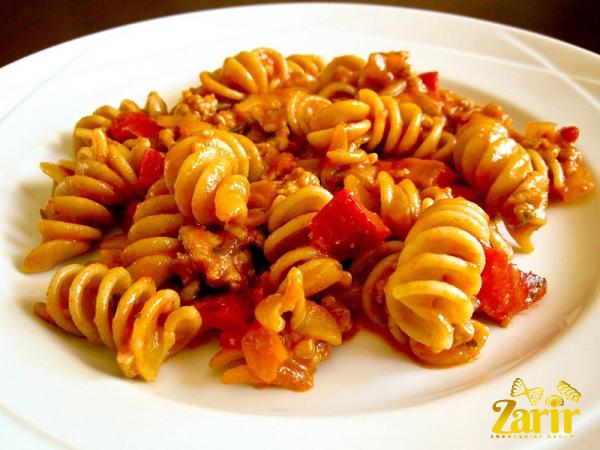
.
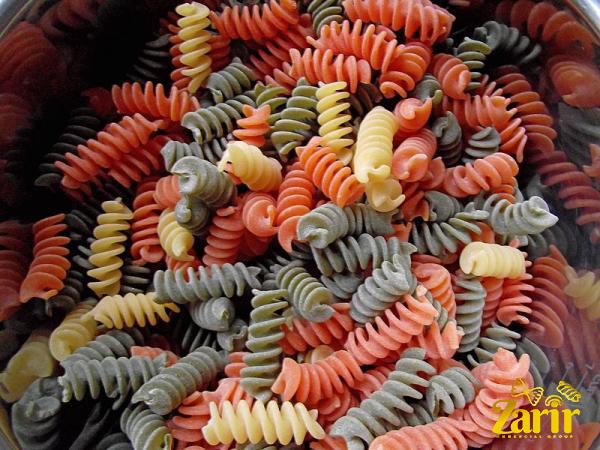 Rotini has a denser and more substantial texture compared to spiral pasta. Its tightly wound structure holds up exceptionally well during cooking, offering a satisfying and al dente mouthfeel. The thickness of rotini allows it to trap sauces effectively, extending flavor delivery throughout the meal. By contrast, spiral pasta is slightly more delicate. Its softer texture gives a tender bite that effortlessly harmonizes with a myriad of ingredients, enhancing overall dish satisfaction. 3. Taste Absorption and Presentation: One of the primary aspects that differentiate rotini from spiral pasta is their ability to absorb flavors and showcase presentation. Since rotini has more surface area and crevices, it readily absorbs sauces, spices, and condiments. These porous qualities make it suitable for dishes where the pasta is the star of the show, enhancing flavor profiles and making every bite burst with taste. On the other hand, spiral pasta’s smooth surface and elongated coils offer a more subtle flavor absorption, allowing other ingredients in the dish to shine.
Rotini has a denser and more substantial texture compared to spiral pasta. Its tightly wound structure holds up exceptionally well during cooking, offering a satisfying and al dente mouthfeel. The thickness of rotini allows it to trap sauces effectively, extending flavor delivery throughout the meal. By contrast, spiral pasta is slightly more delicate. Its softer texture gives a tender bite that effortlessly harmonizes with a myriad of ingredients, enhancing overall dish satisfaction. 3. Taste Absorption and Presentation: One of the primary aspects that differentiate rotini from spiral pasta is their ability to absorb flavors and showcase presentation. Since rotini has more surface area and crevices, it readily absorbs sauces, spices, and condiments. These porous qualities make it suitable for dishes where the pasta is the star of the show, enhancing flavor profiles and making every bite burst with taste. On the other hand, spiral pasta’s smooth surface and elongated coils offer a more subtle flavor absorption, allowing other ingredients in the dish to shine.
..
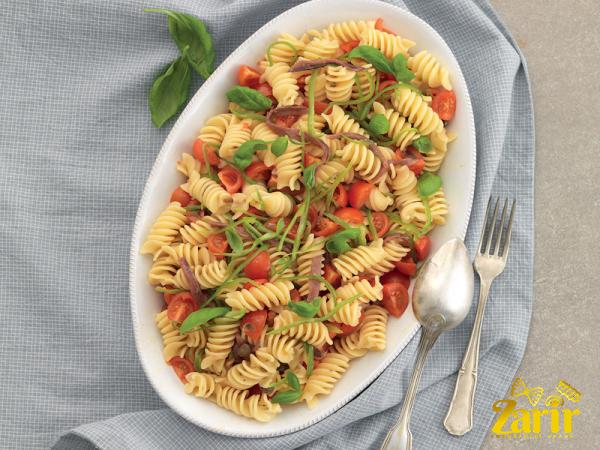 Spiral pasta is an excellent choice when texture and visual appeal are essential, as its shape beautifully intertwines with colorful vegetables or protein. 4. Culinary Versatility: Another critical factor when choosing between rotini and spiral pasta is their versatility in various recipes. Due to its sturdy and twisted form, rotini is ideal for heartier sauces and casseroles. The crevices provide excellent sauce coverage, allowing flavors to cling and meld perfectly. Rotini is also ideal for pasta bakes and heavy meat-based dishes, as its shape allows it to hold up well under heat. On the other hand, spiral pasta excels in lighter, more delicate sauces. Its elongated shape pairs exceptionally well with vegetables and lends itself to vibrant, visually appealing pasta salads or cold pasta dishes.
Spiral pasta is an excellent choice when texture and visual appeal are essential, as its shape beautifully intertwines with colorful vegetables or protein. 4. Culinary Versatility: Another critical factor when choosing between rotini and spiral pasta is their versatility in various recipes. Due to its sturdy and twisted form, rotini is ideal for heartier sauces and casseroles. The crevices provide excellent sauce coverage, allowing flavors to cling and meld perfectly. Rotini is also ideal for pasta bakes and heavy meat-based dishes, as its shape allows it to hold up well under heat. On the other hand, spiral pasta excels in lighter, more delicate sauces. Its elongated shape pairs exceptionally well with vegetables and lends itself to vibrant, visually appealing pasta salads or cold pasta dishes.
…
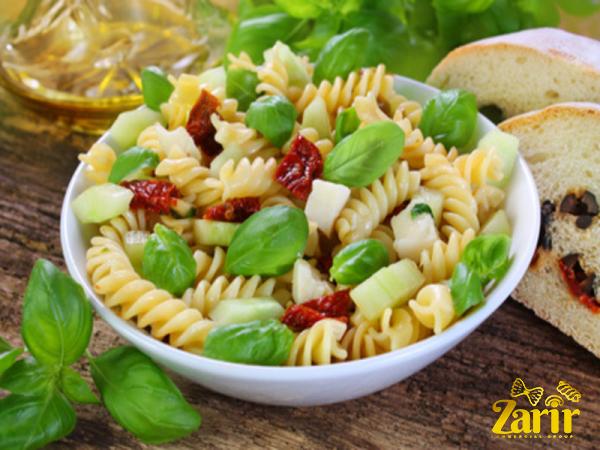 Conclusion: When it comes to selecting between rotini and spiral pasta, both shapes bring their unique qualities to the dining table. Rotini stands out for its denser texture, exceptional taste absorption, and ability to hold up under substantial sauces. In contrast, spiral pasta shines with its delicate bite, versatility in lighter sauces, and eye-catching presentation. The choice ultimately depends on personal preference and the intended culinary application. Whichever pasta shape you decide to indulge in, both rotini and spiral pasta offer the opportunity to craft delectable and memorable dishes that will leave you craving for more.
Conclusion: When it comes to selecting between rotini and spiral pasta, both shapes bring their unique qualities to the dining table. Rotini stands out for its denser texture, exceptional taste absorption, and ability to hold up under substantial sauces. In contrast, spiral pasta shines with its delicate bite, versatility in lighter sauces, and eye-catching presentation. The choice ultimately depends on personal preference and the intended culinary application. Whichever pasta shape you decide to indulge in, both rotini and spiral pasta offer the opportunity to craft delectable and memorable dishes that will leave you craving for more.

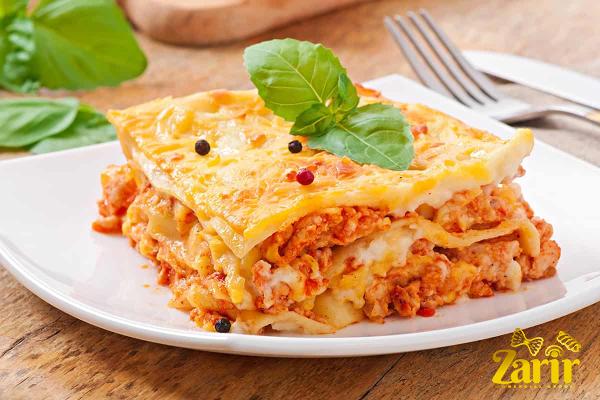
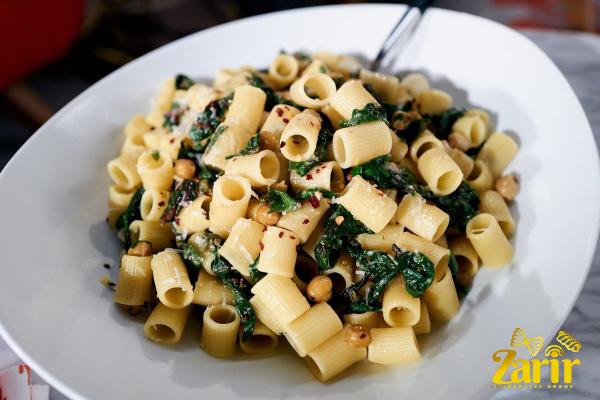
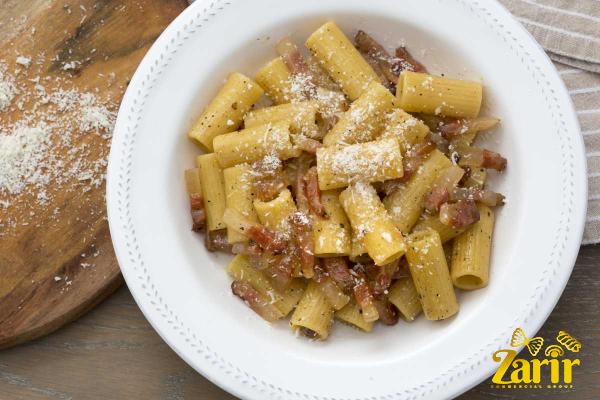
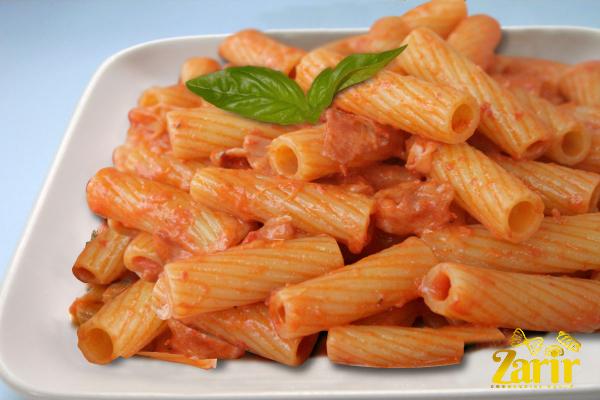
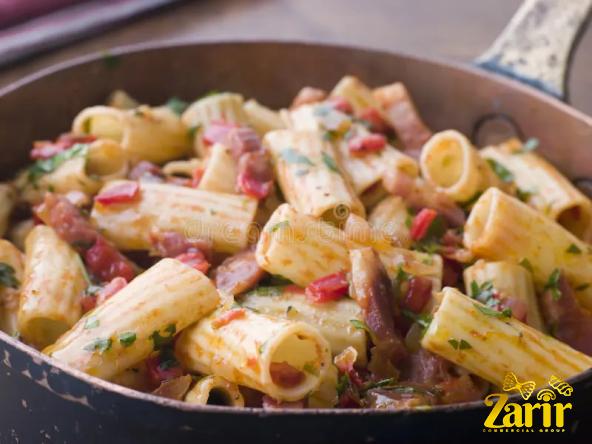
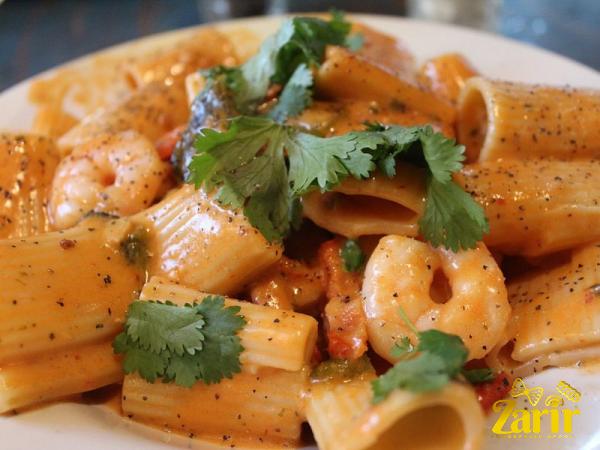
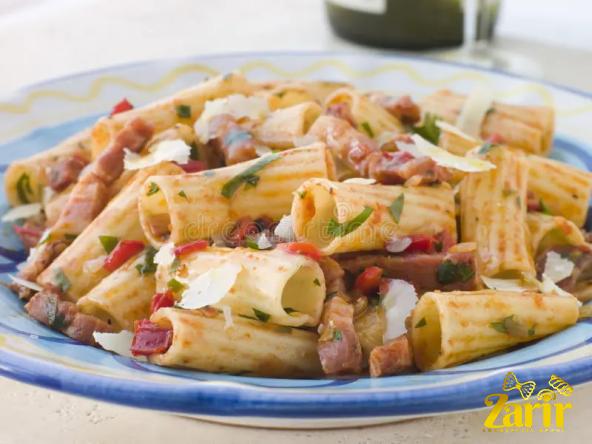
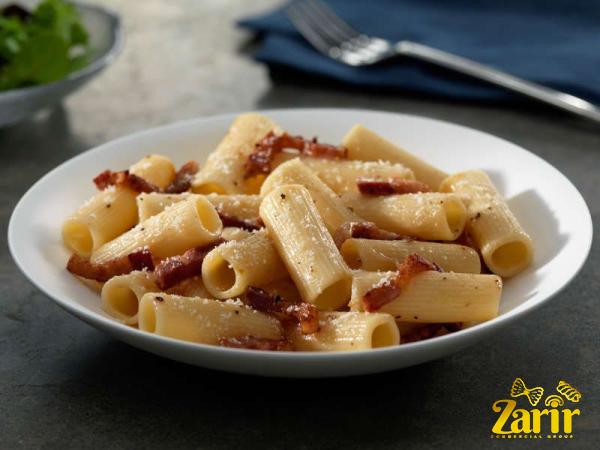
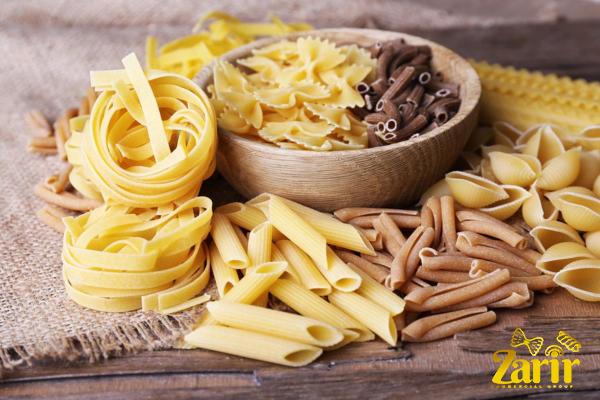
Your comment submitted.